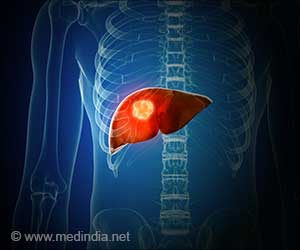Laser-based processes may help create arterial stents and longer-lasting medical implants at least 10 times faster and also at a lesser cost, scientists hope.
Laser-based processes may help create arterial stents and longer-lasting medical implants at least 10 times faster and also at a lesser cost, scientists hope.
Yung Shin, a professor of Mechanical Engineering and director of Purdue's Center for Laser-Based Manufacturing, stresses the need for new technologies to meet the huge global market for artificial hips and knees, insisting that the worldwide population of people younger than 40 who receive hip implants is expected to be 40 million annually by 2010, and double to 80 million by 2030.Besides speeding production to meet the anticipated demand, Shin says that another goal is to create implants that last longer than the ones that are made presently.
"We have 200,000 total hip replacements in the United States. They last about 10 years on average. That means if you receive an implant at 40, you may need to have it replaced three or four times in your lifetime," he said.
In one of their techniques, the researchers deposit layers of a powdered mixture of metal and ceramic materials, melting the powder with a laser and then immediately solidifying each layer to form parts.
Shin says that, given that the technique enables parts to be formed one layer at a time, it is ideal for coating titanium implants with ceramic materials that mimic the characteristics of natural bone.
"Titanium and other metals do not match either the stiffness or the nature of bones, so you have to coat it with something that does. However, if you deposit ceramic on metal, you don't want there to be an abrupt change of materials because that causes differences in thermal expansion and chemical composition, which results in cracks. One way to correct this is to change the composition gradually so you don't have a sharp boundary," Shin said.
Advertisement
The researchers have revealed that they used their laser deposition processes to create a porous titanium-based surface and a calcium phosphate outer surface, both designed to better match the stiffness of bone than conventional implants.
Advertisement
"Medical imaging scans could just be sent to the laboratory, where the laser deposition would create the part from the images. Instead of taking 30 days like it does now because you have to make a mold first, we could do it in three days. You reduce both the cost and production time," Shin said.
According to the researchers, the laser deposition technique lends itself to the requirement that each implant be designed specifically for each patient.
"These are not like automotive parts. You can't make a million that are all the same," Shin said.
He says that the process creates a strong bond between the material being deposited and the underlying titanium, steel or chromium.
The researcher further reveals that tests have shown that the bond is at least seven times as strong as industry standards require.
Using computational modelling, the researchers simulate, study and optimise the processes.
The researchers, however, admit that more studies are required before the techniques are ready for commercialisation.
They have revealed that their future work will involve studying "shape-memory" materials that are similar to bone and also have a self-healing capability for longer-lasting implants.
They are also working on a technique that uses an "ultra short pulse laser" to create arterial stents, which are metal scaffolds inserted into arteries to keep them open after surgeries to treat clogs.
Since the laser pulses last only a matter of picoseconds, or quadrillionths of a second, they do not cause heat damage to the foil-thin stainless steel and titanium material used to make the stents.
The laser removes material in precise patterns in a process called "cold ablation", which turns solids into a plasma. The patterns enable the stents to expand properly after being inserted into a blood vessel.
Source-ANI
RAS








